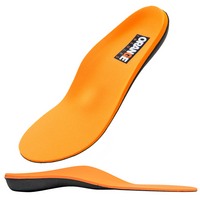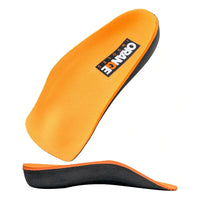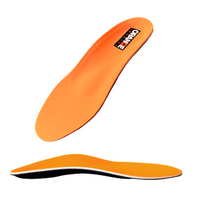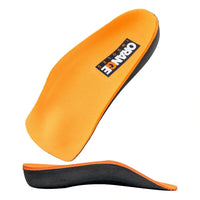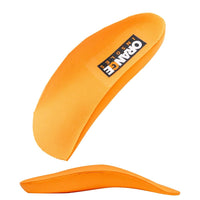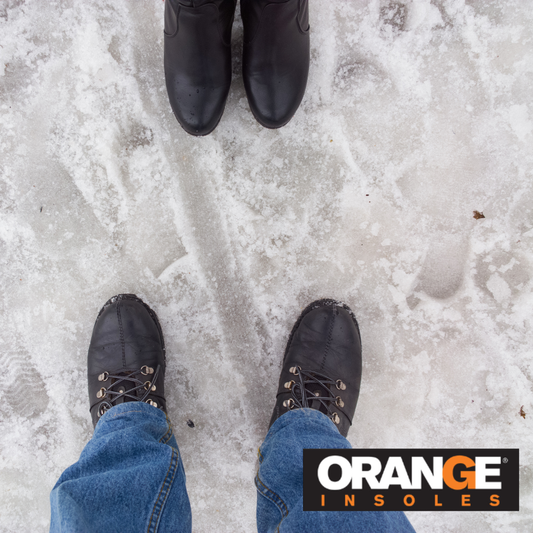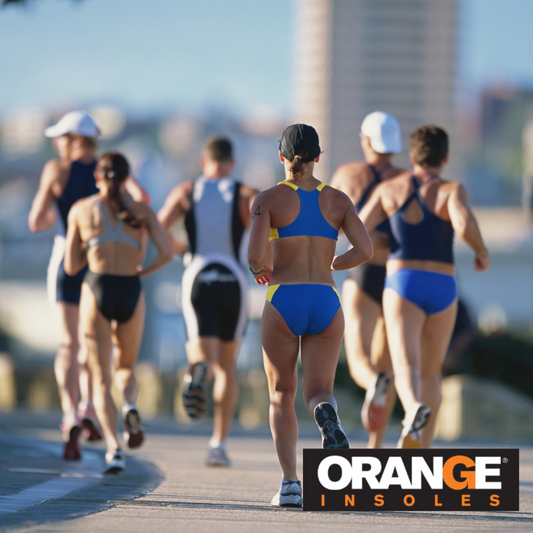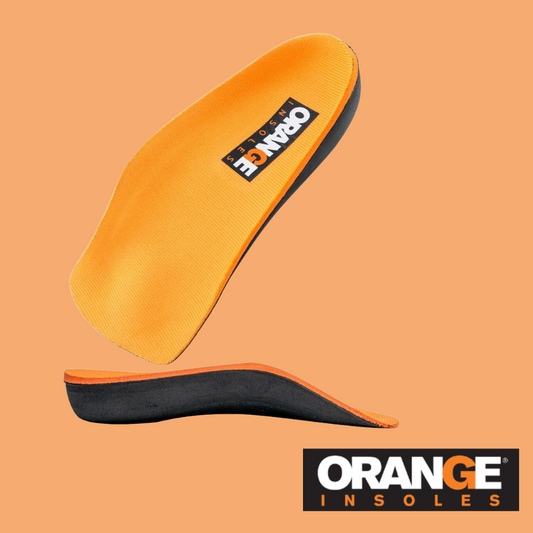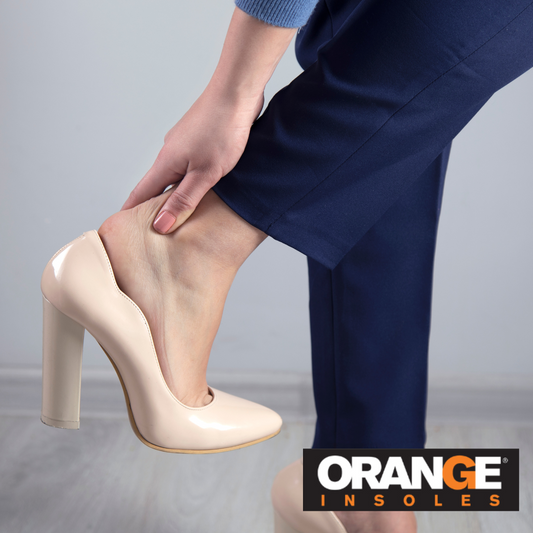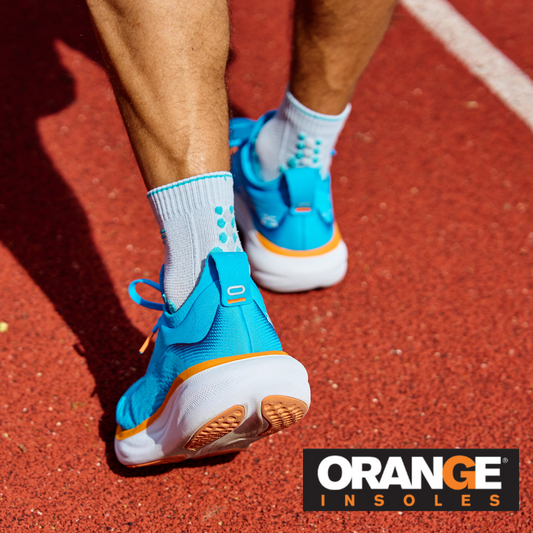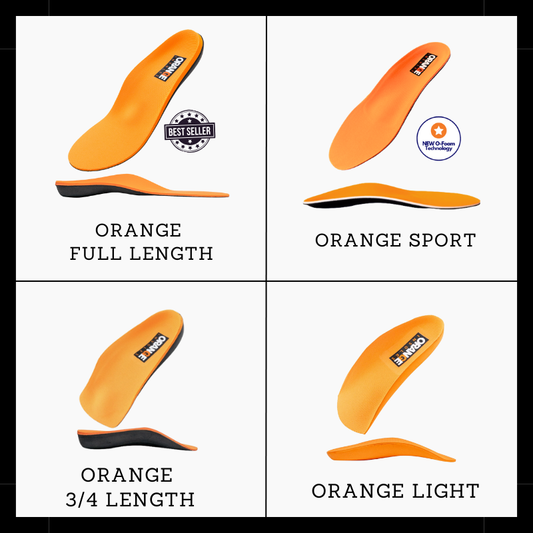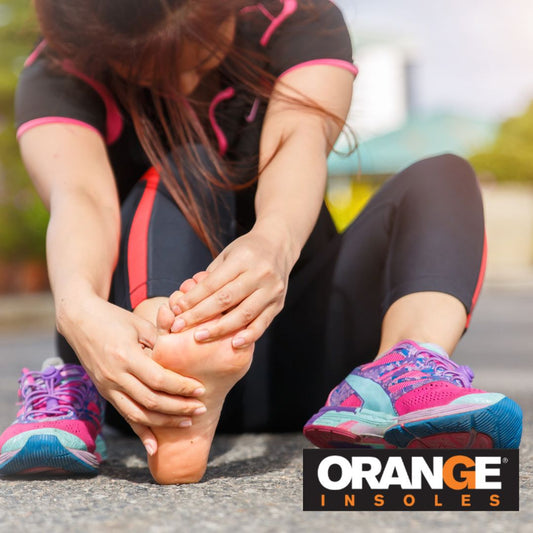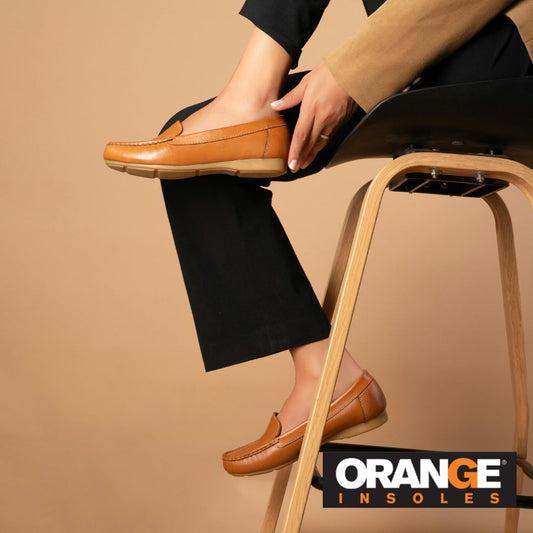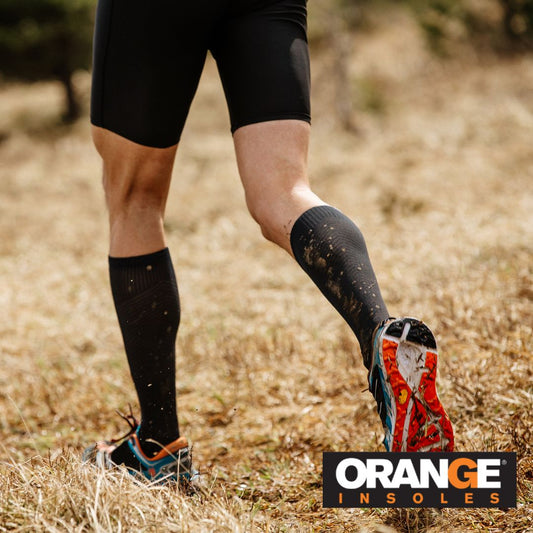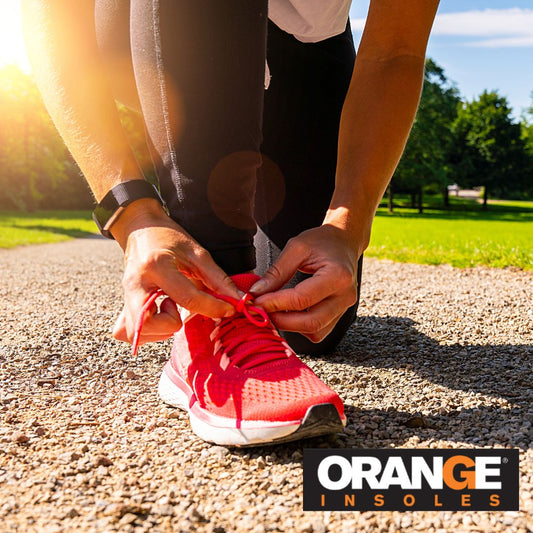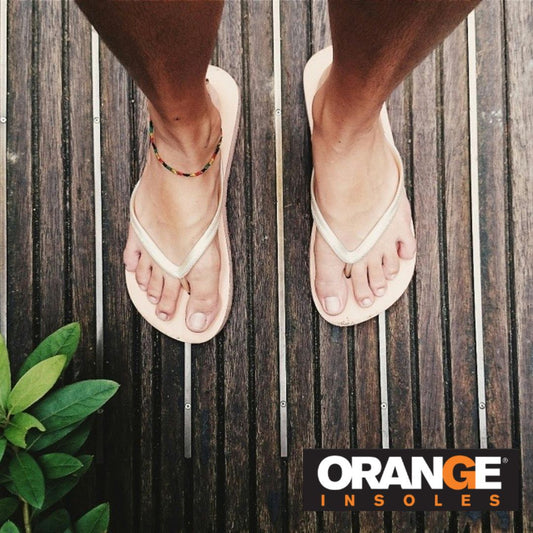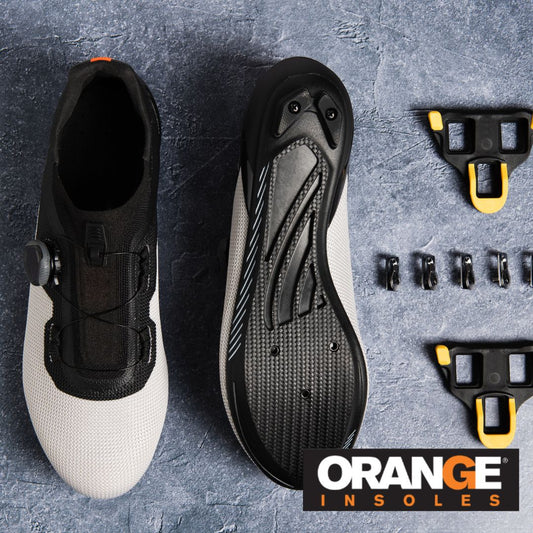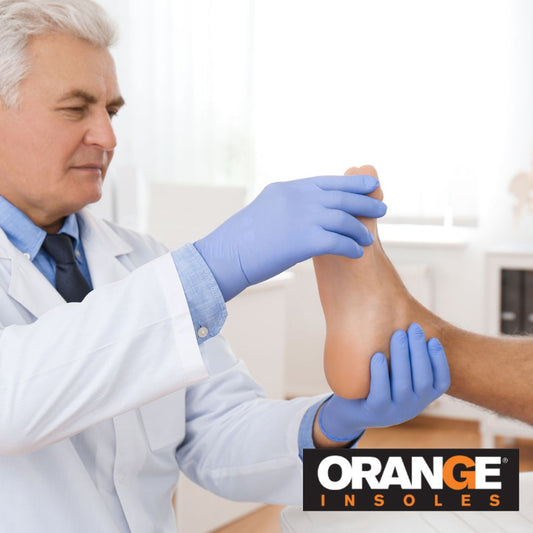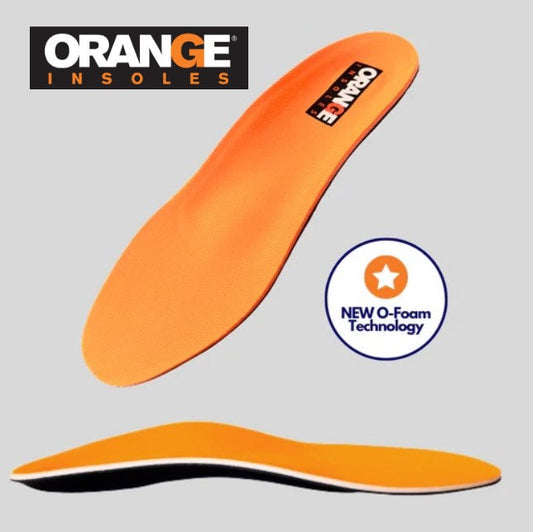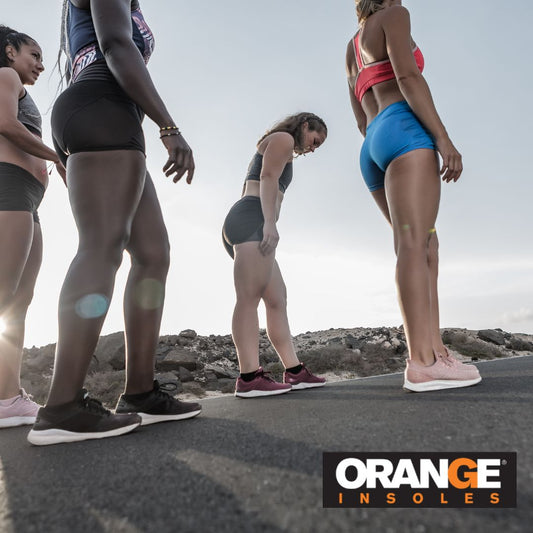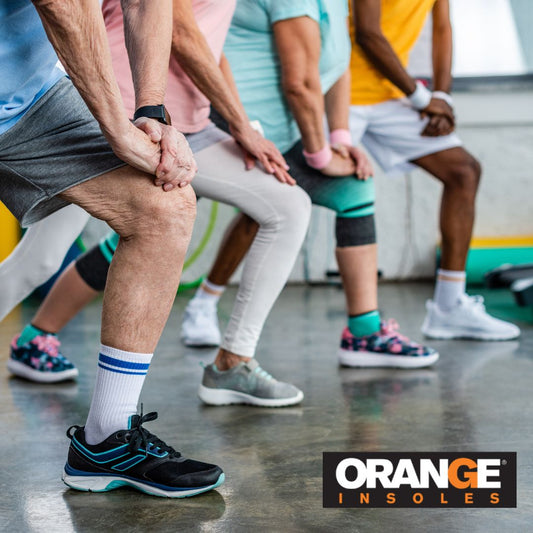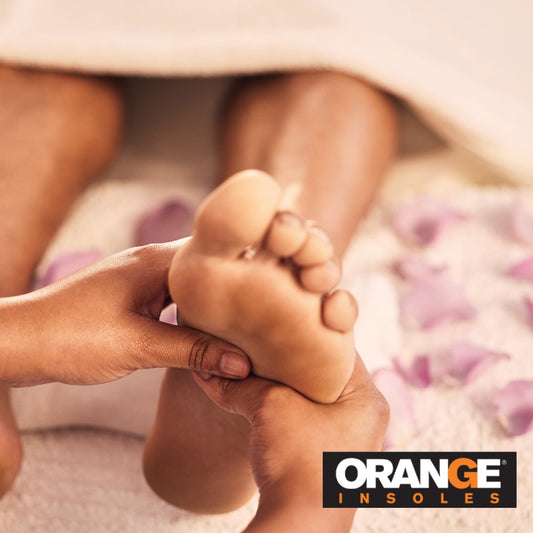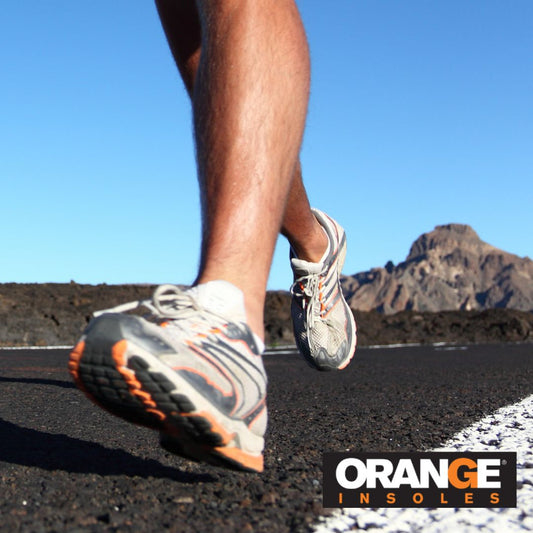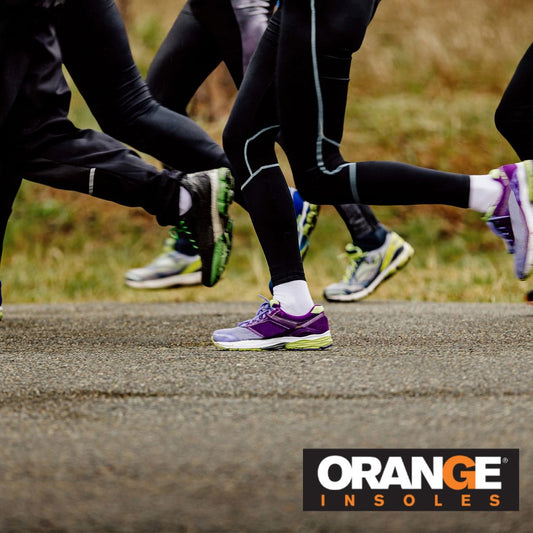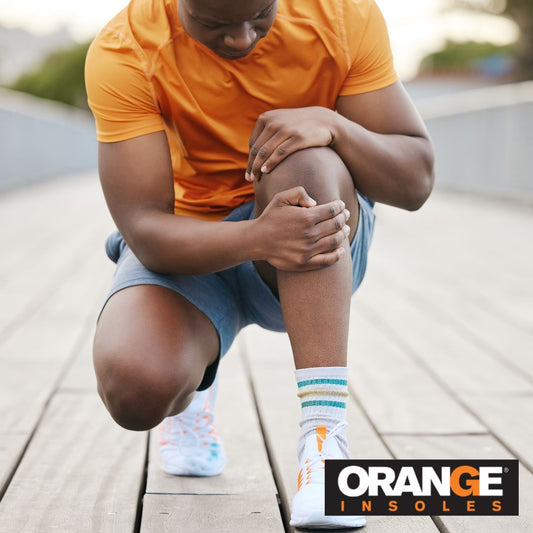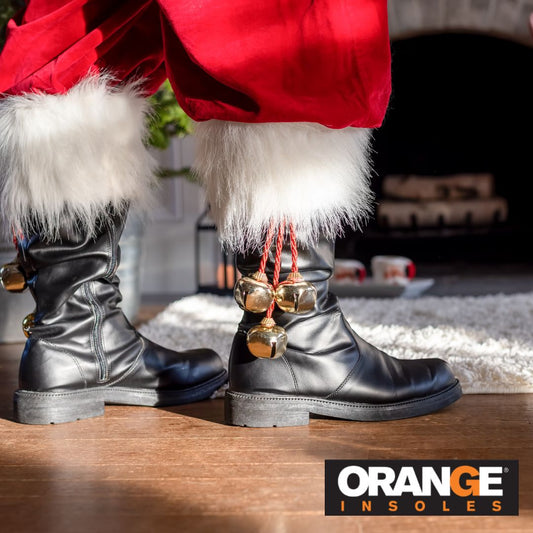Fall is one of the best times of year to hit the trails; cooler weather, crisp air, and leaves crunching underfoot make every run feel like a reset. But that same beauty can also be brutal on your body if you’re not prepared.
Uneven ground, hidden roots, and wet leaves can turn a relaxing jog into an ankle-twisting, knee-grinding challenge. If you’re planning to take your running off-road this season, here’s how to protect your feet, knees, and joints and keep your stride strong all the way through winter.
Why Trail Running Feels Tougher (and Riskier)
Unlike smooth pavement, trails constantly challenge your stability, coordination, and balance. Each step lands at a slightly different angle, forcing your muscles and tendons to adjust in real time. This builds strength but it also increases the risk of:
-
Ankle sprains or twists from uneven ground.
-
Knee pain from improper alignment or over-rotation.
-
Foot fatigue from overworking stabilizing muscles.
-
Shin splints from sudden elevation changes or hard landings.
The key to staying pain-free? Supporting your feet and maintaining proper alignment from your toes up through your hips.
Step One: Choose the Right Shoes for the Job
Trail running shoes aren’t just “outdoor sneakers.” They’re built with tread patterns and lateral stability designed for unpredictable surfaces. Look for:
-
Aggressive traction: Deep lugs to grip dirt, mud, or wet leaves.
-
Sturdy midsoles: To absorb shock from rocks or roots.
-
Protective uppers: Guard against debris and water.
-
Lockdown fit: To keep your foot from sliding around inside the shoe.
If you’ve been using your regular road runners for trails, consider upgrading or at least adding supportive insoles that stabilize your heel and arch, preventing your foot from collapsing inward or outward with every step.
👉 See Which Shoe, What Sport? How to Choose the Right Athletic Shoe for tips on finding a pair that matches your terrain and running style.
Step Two: Support Starts with the Insoles
Trail terrain constantly shifts your center of gravity. Without proper support, that movement travels up your body causing knee tracking issues, hip strain, and back fatigue.
A structured insole with a deep heel cup and medial arch support keeps your foot aligned, absorbs uneven impact, and improves stability on unstable surfaces. Unlike the thin liners that come in most trail shoes, Orange Insoles are designed to:
-
Cradle the heel for shock absorption.
-
Support the arch to prevent overpronation.
-
Enhance balance on uneven ground.
-
Distribute pressure evenly so small stabilizer muscles don’t overwork.
Think of it as suspension for your body keeping everything aligned and smooth no matter how bumpy the path gets.
For more details on how this feature helps, check out Why Orange Insoles Are Effective: Our Signature Deep Heel Cup.
Step Three: Warm Up for the Terrain
Trail running activates muscles that don’t get as much use on flat pavement especially your glutes, calves, and ankles. A quick 5-minute warm-up can dramatically lower your injury risk:
-
Ankle circles (10 each direction per foot)
-
Calf raises (2 sets of 10–15 reps)
-
Lateral lunges to prep your hips for side-to-side stability
-
Dynamic hamstring stretches (like leg swings)
Not only does this wake up your muscles, but it also improves coordination and balance: key for reacting quickly to uneven ground.
Step Four: Watch Your Form on the Trail
Trail running isn’t about pace, it's about rhythm and awareness. Try these quick adjustments:
-
Shorten your stride. Quick, light steps improve stability and reaction time.
-
Keep your eyes 10–15 feet ahead. Scan for rocks, dips, and roots before you reach them.
-
Engage your core. It stabilizes your torso and reduces unnecessary side movement.
-
Stay upright. Don’t lean too far forward; it increases knee stress on downhills.
If you’re new to trails, start with a few miles at a time and let your muscles adapt gradually.
Step Five: Recover Right
Trail runs work smaller stabilizer muscles in your feet and ankles, which means recovery matters even more.
After your run:
-
Stretch calves, hamstrings, and hip flexors.
-
Roll your feet over a lacrosse or massage ball for 2–3 minutes each.
-
Hydrate and rewarm your body if temps are cold, stiff muscles are more prone to tightness later.
If you notice soreness in your arches or heels, swap in your Orange Insoles for casual shoes too; they'll help your body stay aligned during recovery.
Check out How to Recover from a Long Run (Without Feeling Broken) for more post-run tips.
Step Six: Respect the Weather Shift
Fall trails can surprise you: mornings can be near freezing, afternoons sunny, evenings damp. Dress in layers, and keep your feet dry to avoid blisters and stiffness.
Cold weather can constrict blood vessels, making muscles and joints stiffer. If you often feel aches during colder runs, see Why Do My Feet Hurt During Colder Weather? to understand how to stay warm and flexible through the season.
Enjoy the Trails and Protect the Miles Ahead
Trail running builds strength, endurance, and mental focus but only if you take care of your foundation: your feet. With the right shoes, supportive insoles, and mindful preparation, you’ll avoid the knee, ankle, and foot pain that sidelines so many runners each fall.
So lace up, take in that autumn air, and enjoy the view with every step supported from the ground up.
👉 Find the perfect insole for your trail shoes in our Orange Insoles Shop and keep your body aligned wherever your next run takes you.
